Home>Articles>How Often Should A Showerhead Filter Be Changed
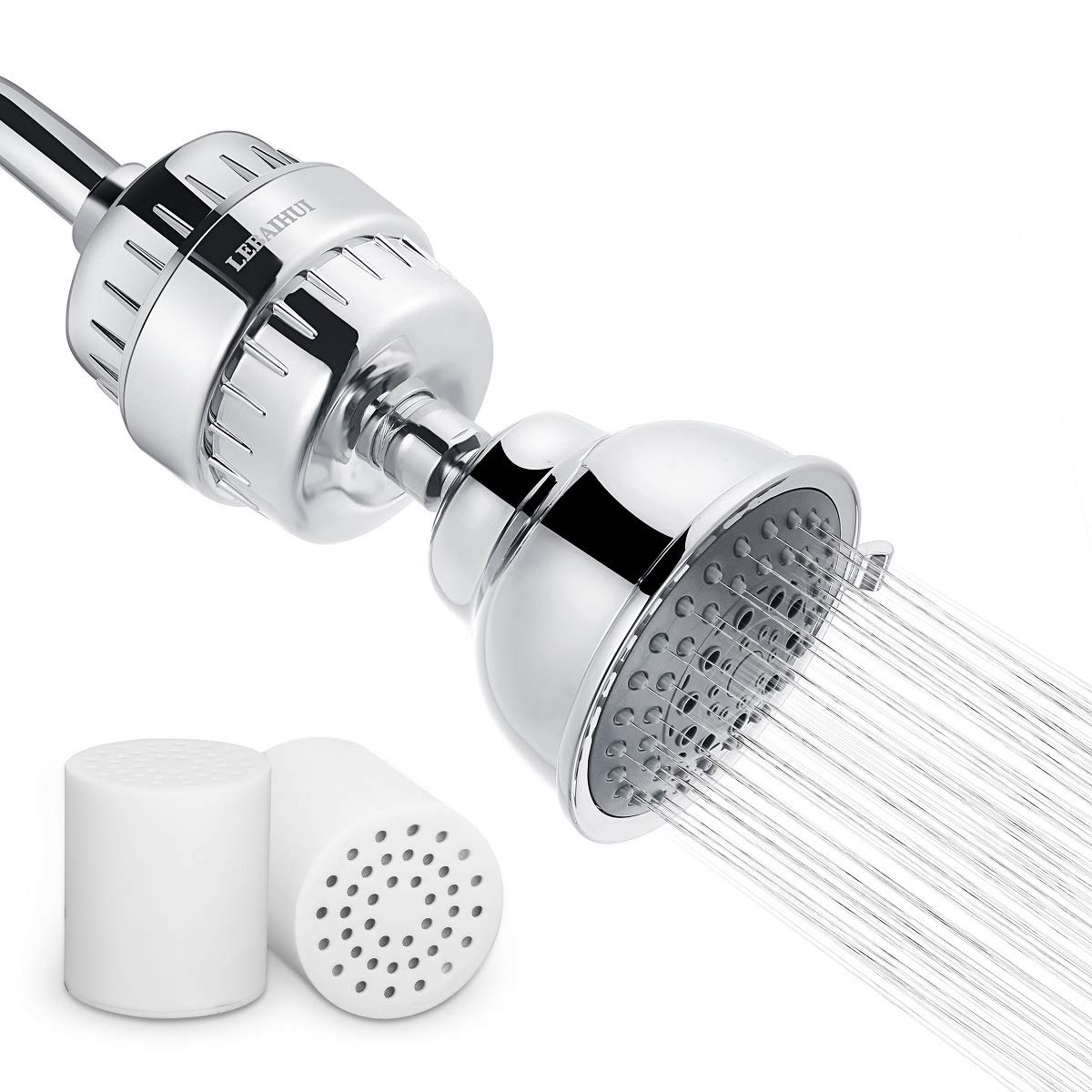

Articles
How Often Should A Showerhead Filter Be Changed
Modified: March 1, 2024
Regularly changing your showerhead filter is important for clean and healthy water. Discover the ideal frequency and benefits of maintaining your showerhead filter with our informative articles.
(Many of the links in this article redirect to a specific reviewed product. Your purchase of these products through affiliate links helps to generate commission for Storables.com, at no extra cost. Learn more)
Introduction
Having a refreshing and enjoyable shower is an essential part of our daily routine. But did you know that the quality of the water you use can have a significant impact on your shower experience? Over time, mineral deposits, sediment, chlorine, and other impurities in your water supply can accumulate in your showerhead. These impurities not only affect the performance of your shower but can also be harmful to your skin and hair.
This is where showerhead filters come to the rescue. Showerhead filters are designed to remove impurities from the water, providing you with cleaner and healthier water for a more enjoyable shower experience. They effectively filter out chlorine, heavy metals, bacteria, and other contaminants, resulting in softer, gentler water that is better for your skin and hair.
However, like any other filter, showerhead filters have a lifespan and need to be replaced periodically to continue functioning optimally. In this article, we will explore the importance of showerhead filters, factors affecting their lifespan, signs that indicate the need for filter replacement, the recommended frequency for changing them, and the steps involved in the replacement process.
Key Takeaways:
- Regularly changing your showerhead filter every 6 to 12 months is crucial for maintaining clean and healthy water, protecting your skin and hair, and ensuring an enhanced shower experience.
- By monitoring signs such as decreased water pressure, changes in water quality, or visible buildup, you can ensure timely replacements and continue enjoying the benefits of clean and filtered water during your showers.
Read more: How Often Should I Change AC Filter
Importance of Showerhead Filters
Showerhead filters play a crucial role in ensuring the quality of the water you use for showering. Here are some of the key reasons why these filters are important:
- Removes impurities: Over time, your water supply can contain various impurities such as chlorine, sediment, bacteria, and heavy metals. Showerhead filters effectively remove these impurities, providing you with cleaner and purer water.
- Protects your skin and hair: Chlorine, a common chemical used to disinfect water, can strip away natural oils from your skin and hair, leading to dryness, irritation, and frizziness. Filtered water ensures that your skin and hair stay hydrated and healthier-looking.
- Reduces respiratory issues: When you shower with unfiltered water, chlorine and other volatile chemicals can get vaporized and inhaled. This can irritate your respiratory system, leading to coughing, wheezing, and other respiratory problems. Showerhead filters help reduce the presence of these chemicals, promoting better air quality during your shower.
- Improves water pressure and flow: Over time, mineral deposits can build up in your showerhead, affecting the water pressure and flow. Showerhead filters prevent these deposits from accumulating, ensuring a consistent and satisfying shower experience.
- Preserves the lifespan of your showerhead: By preventing the buildup of sediment and minerals, showerhead filters help prolong the lifespan of your showerhead. This reduces the need for frequent cleaning or replacement, saving you time and money.
Overall, showerhead filters are essential for maintaining a clean and healthy shower environment. They not only enhance the quality of your shower but also provide long-term benefits for your skin, hair, and respiratory system.
Factors Affecting the Lifespan of Showerhead Filters
The lifespan of a showerhead filter can vary depending on several factors. Understanding these factors can help you determine when it’s time to replace your filter. Here are some key factors that can affect the lifespan of showerhead filters:
- Water Quality: The quality of your water supply plays a significant role in how long your showerhead filter will last. Water with high levels of impurities, such as chlorine, sediment, or heavy metals, will require the filter to work harder and may reduce its lifespan. Hard water, which contains a high mineral content, can also lead to mineral buildup in the filter, affecting its performance.
- Frequency of Use: The more frequently you use your shower, the quicker the filter will reach its capacity. If you have a large household or take multiple showers per day, the filter will need to work harder and may require more frequent replacement.
- Filter Quality: The quality of the filter itself can determine its lifespan. Higher-quality filters are often designed to handle a higher volume of water and are more effective at removing impurities, resulting in a longer lifespan. Investing in a high-quality showerhead filter can save you money in the long run, as you won’t have to replace it as frequently.
- Water Pressure: Water pressure can impact the lifespan of a showerhead filter. Excessive water pressure can put more strain on the filter, causing it to wear out faster. It’s essential to ensure that your water pressure is within the recommended range to prolong the life of your filter.
- Maintenance: Regular maintenance can also affect the longevity of your showerhead filter. Cleaning or backwashing the filter periodically can help remove any accumulated sediment or debris, allowing the filter to function optimally for a longer period.
By considering these factors, you can gain a better understanding of how long your showerhead filter is likely to last. Monitoring these factors and being aware of any changes in water quality or filter performance will help you determine when it’s time to replace your showerhead filter for continued effectiveness.
Signs That Indicate the Need for Filter Replacement
As with any filter, showerhead filters have a limited lifespan and will eventually need to be replaced. It’s important to recognize the signs that indicate the need for a filter replacement. Here are some common signs to look out for:
- Decreased water pressure: If you notice a decrease in water pressure during your shower, it could be a sign that your showerhead filter is clogged or reaching its capacity. Mineral deposits, sediment, and other impurities can accumulate over time, causing a blockage and reducing the water flow.
- Change in water quality: If you start to notice a change in the quality of your water, such as an unusual taste, odor, or color, it could be an indication that your showerhead filter is no longer effectively removing impurities. This can be a sign that the filter is no longer functioning properly and needs to be replaced.
- Increased skin or hair issues: A worn-out showerhead filter may no longer be effectively removing chlorine, minerals, and other contaminants from the water. This can lead to skin dryness, irritation, or hair frizziness. If you notice a sudden increase in skin or hair problems after using the shower, it may be time to replace the filter.
- Visible buildup or discoloration: Over time, mineral deposits and sediment can accumulate on the surface of your showerhead and the filter itself. If you notice visible buildup or discoloration on the filter or the showerhead, it’s a clear sign that the filter is not performing optimally.
- Inconsistent water temperature: A clogged or malfunctioning filter can disrupt the balance of hot and cold water, resulting in inconsistent water temperature during your shower. If you find that the water temperature fluctuates more than usual, it may indicate that the filter is obstructed and needs to be replaced.
It’s important to monitor these signs regularly and act promptly when you notice them. Ignoring these signs and delaying the replacement of your showerhead filter can result in poor water quality, reduced shower performance, and potential health issues.
By staying vigilant and replacing your showerhead filter when needed, you can continue to enjoy clean, refreshing showers and maintain the overall health of your skin, hair, and plumbing system.
Showerhead filters should be changed every 6-8 months to ensure they continue to effectively remove impurities and maintain water pressure. Regular replacement helps to keep your shower experience clean and refreshing.
Recommended Frequency for Changing Showerhead Filters
The recommended frequency for changing showerhead filters can vary depending on several factors, such as water quality, filter quality, and frequency of use. Generally, it is recommended to replace your showerhead filter every 6 to 12 months.
However, it’s important to understand that these are just general guidelines and may need to be adjusted based on your specific circumstances. Here are some factors to consider when determining how often you should change your showerhead filter:
- Water Quality: If your water supply has a high concentration of impurities, such as chlorine or heavy metals, it may be necessary to change the filter more frequently. Water with a high mineral content, known as hard water, can also result in more rapid filter clogging and require more frequent replacements.
- Frequency of Use: The more frequently you use your shower, the quicker the filter will reach its capacity. If you have a large household or take multiple showers per day, it may be necessary to replace the filter more often to maintain optimal performance.
- Filter Quality: Higher-quality filters are typically designed to last longer and handle a higher volume of water. Investing in a higher-quality showerhead filter can result in a longer lifespan and reduce the frequency of replacements.
- Water Pressure: Excessive water pressure can put more strain on the filter and reduce its lifespan. If you have high water pressure, you may need to replace the filter more frequently to ensure optimal performance.
It’s essential to monitor the signs that indicate the need for filter replacement, such as decreased water pressure, changes in water quality, or visible buildup. If you notice these signs before the recommended 6 to 12 month timeframe, it may be necessary to replace the filter sooner.
Ultimately, the frequency of changing your showerhead filter will depend on a combination of these factors. Regularly inspecting your filter and being aware of any changes in water quality or shower performance will help you determine when it’s time for a replacement.
By following these guidelines and maintaining a regular filter replacement schedule, you can ensure that your showerhead filter continues to provide you with clean, filtered water for a refreshing and enjoyable shower experience.
Steps for Changing Showerhead Filters
Replacing your showerhead filter is a relatively simple process that you can do on your own. Here are the general steps involved:
- Turn off the water: Before starting the replacement process, make sure to turn off the water supply to your shower. You can typically do this by twisting the shut-off valve located near the showerhead or by turning off the main water supply to your home.
- Remove the showerhead: Most showerheads can be unscrewed by hand. However, if your showerhead is tightly attached, you may need to use a wrench wrapped in a cloth to prevent any damage. Gently loosen and remove the showerhead from the shower arm by rotating it counterclockwise.
- Locate the filter: Once the showerhead is removed, you will typically find the filter inside the showerhead. It may be positioned near the connection point where the showerhead attaches to the shower arm. Some showerheads have a separate compartment for the filter that can be opened by twisting or popping off a cover.
- Remove the old filter: Depending on the design of your showerhead, the filter may be attached in different ways. It could be screwed in, snapped into place, or held in by a retaining clip. Carefully detach the old filter from the showerhead, making sure not to damage any surrounding components.
- Replace with a new filter: Take the new showerhead filter, ensuring it is the correct replacement for your showerhead model. Insert the new filter into the designated area and secure it according to the manufacturer’s instructions. Make sure it is fitted tightly and securely to prevent any leaks.
- Reattach the showerhead: Once the new filter is in place, reattach the showerhead to the shower arm. Hold onto the shower arm to prevent it from twisting as you tighten the showerhead by rotating it clockwise. Use a wrench wrapped in a cloth if necessary, but be careful not to overtighten and potentially damage the connection.
- Turn on the water: After the showerhead is securely reattached, turn on the water supply to your shower. Gradually increase the water flow to check for any leaks or issues. Ensure that the water is flowing smoothly through the newly installed filter.
Remember to follow any specific instructions provided by the filter manufacturer for your particular showerhead model. If you encounter any difficulties or are unsure about the process, it’s recommended to consult a professional or contact the manufacturer for assistance.
By following these steps, you can easily change your showerhead filter and continue to enjoy the benefits of clean and filtered water during your showers.
Benefits of Regularly Changing Showerhead Filters
Regularly changing your showerhead filter is essential to maintain clean and healthy water for your showers. Here are some key benefits of staying on top of filter replacements:
- Improved Water Quality: Regularly replacing the showerhead filter ensures that you are consistently getting clean and filtered water for your showers. The filter removes impurities, such as chlorine, sediment, and bacteria, resulting in water that is gentler on your skin and hair.
- Healthier Skin and Hair: Removing chlorine and other potential irritants from the water can help alleviate skin dryness, irritation, and allergies. Filtered water is also less harsh on your hair, reducing frizziness and improving overall hair health.
- Enhanced Shower Experience: A fresh showerhead filter allows for better water pressure and flow. Removing any clogs or buildup ensures a consistent and satisfying shower experience. You can enjoy a rejuvenating and invigorating shower every time.
- Prolonged Lifespan of the Showerhead: Regularly changing the filter helps to prevent the buildup of mineral deposits and sediment on the showerhead itself. This prolongs the lifespan of your showerhead, reducing the need for frequent cleaning or replacement.
- Reduction in Plumbing Issues: A clogged filter can lead to issues with your plumbing system. By regularly replacing the filter, you can prevent the accumulation of sediment and other debris, reducing the risk of plumbing blockages and potential repairs.
- Cost Savings: While it may seem like an additional expense, regularly changing your showerhead filter can actually save you money in the long run. By maintaining the optimal performance of the filter, you can avoid costly repairs or early replacements of your showerhead or plumbing system.
- Environmental Benefits: Replacing your showerhead filter regularly not only benefits your personal health but also has positive environmental impacts. By removing impurities from the water, you reduce the amount of chemicals and contaminants that may end up in wastewater and the environment.
By understanding and appreciating these benefits, you can see the value of keeping up with regular filter replacements. Remember to refer to the manufacturer’s guidelines for the specific lifespan of your showerhead filter and follow the recommended replacement schedule.
Ultimately, regularly changing your showerhead filter ensures that you have consistent access to clean and filtered water, providing numerous health benefits and enhancing your overall showering experience.
Conclusion
Showerhead filters are a simple yet effective solution to improve the quality of your showers. By removing impurities such as chlorine, sediment, and bacteria, these filters provide you with cleaner and healthier water. Throughout this article, we explored the importance of showerhead filters, factors that affect their lifespan, signs indicating the need for replacement, the recommended frequency for changing them, and the steps involved in the replacement process.
Regularly changing your showerhead filter is crucial for maintaining optimal water quality, protecting your skin and hair, and enjoying an enhanced shower experience. By removing impurities and reducing the risk of blockages, a fresh filter not only benefits your health but also prolongs the longevity of your showerhead and plumbing system.
Remember to consider factors such as water quality, filter quality, frequency of use, and maintenance to determine the appropriate replacement schedule for your showerhead filter. By monitoring signs such as decreased water pressure, changes in water quality, or visible buildup, you can ensure timely replacements and continue enjoying the benefits of clean and filtered water during your showers.
In conclusion, investing in a showerhead filter and regularly replacing it is a small yet impactful step towards achieving a healthier and more enjoyable shower experience. By taking care of your filter, you can ensure that each shower is refreshing, rejuvenating, and free from harmful contaminants.
So, don’t overlook the importance of your showerhead filter. Take the necessary steps to maintain its effectiveness, and you will reap the rewards of cleaner, healthier, and more invigorating showers for years to come.
Frequently Asked Questions about How Often Should A Showerhead Filter Be Changed
Was this page helpful?
At Storables.com, we guarantee accurate and reliable information. Our content, validated by Expert Board Contributors, is crafted following stringent Editorial Policies. We're committed to providing you with well-researched, expert-backed insights for all your informational needs.
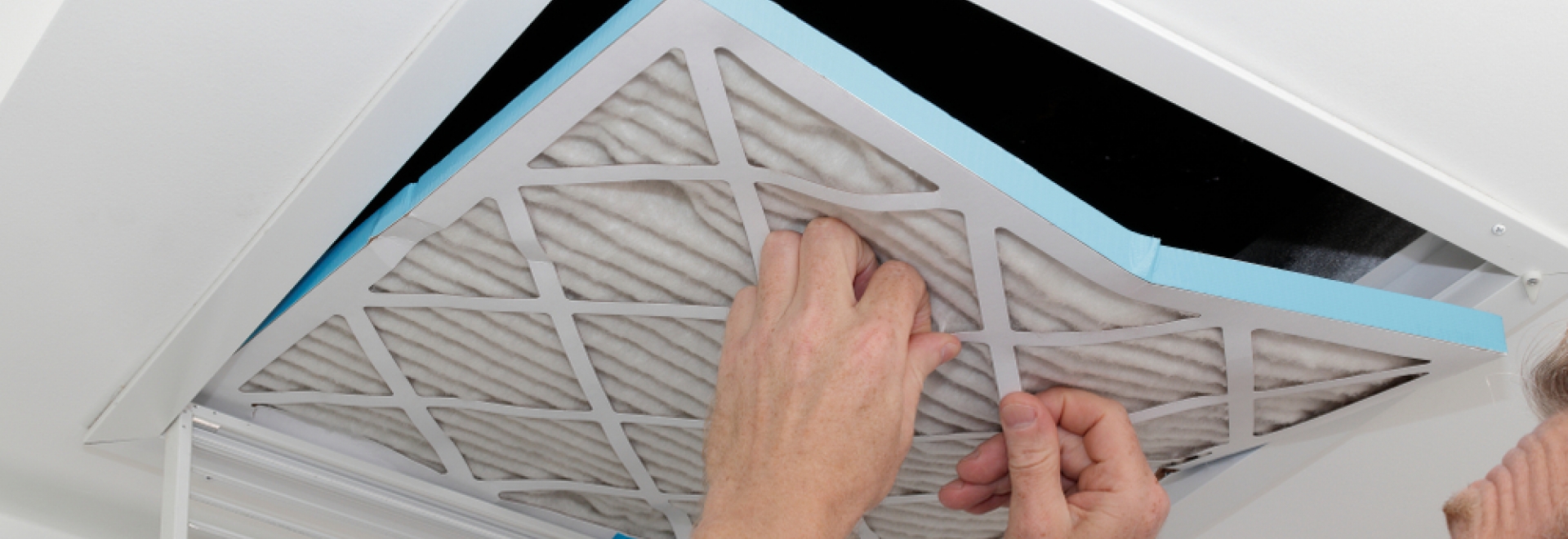
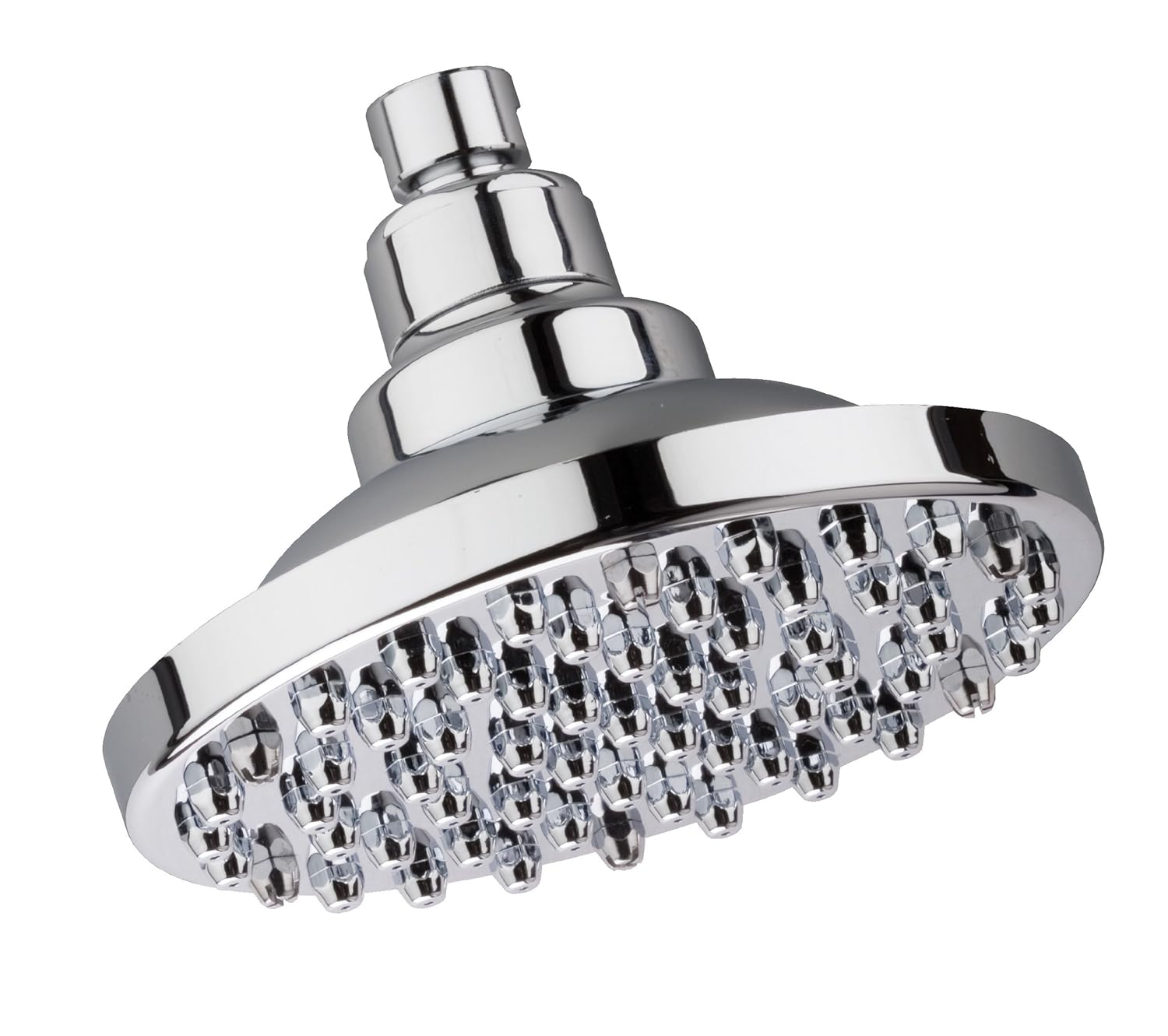

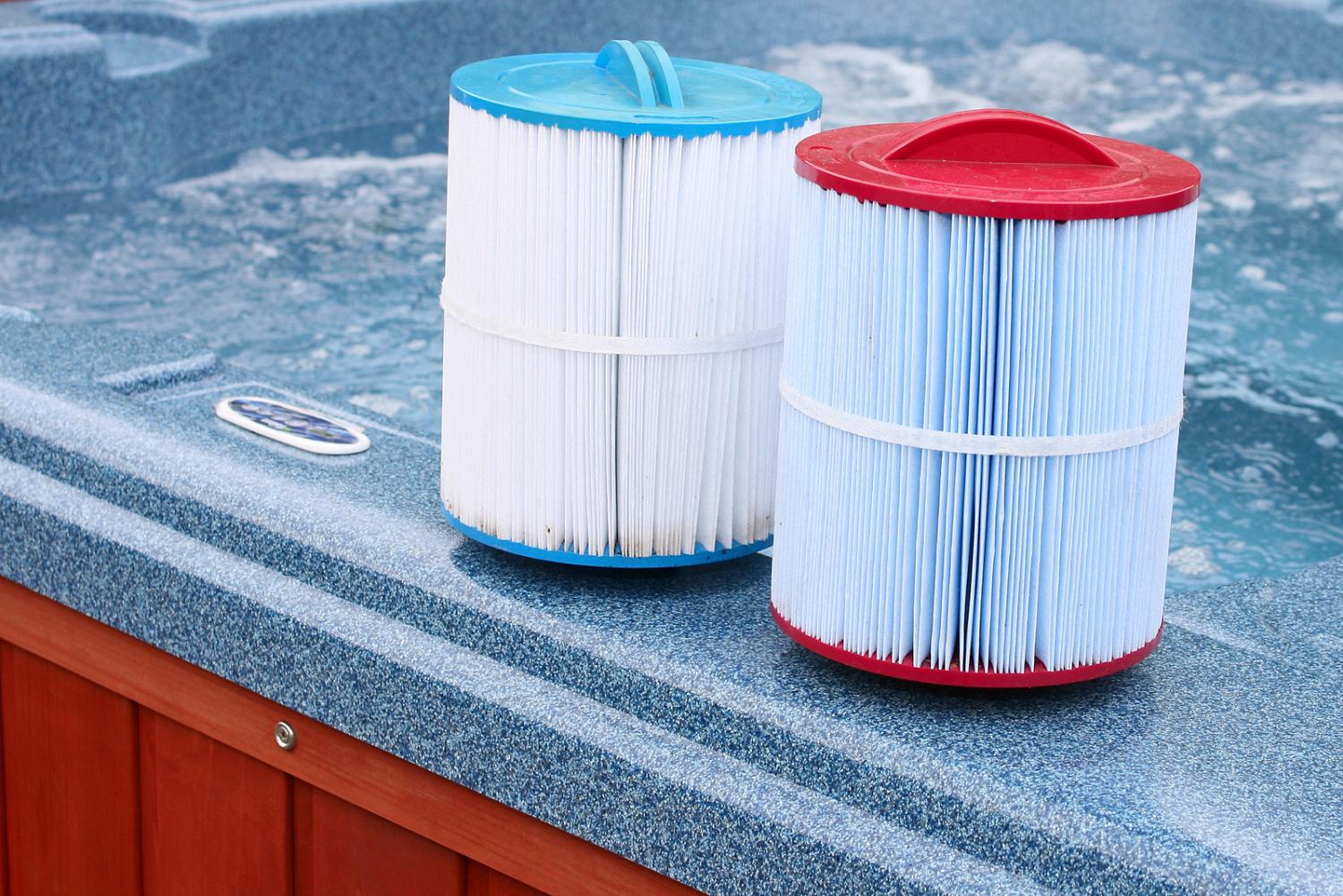
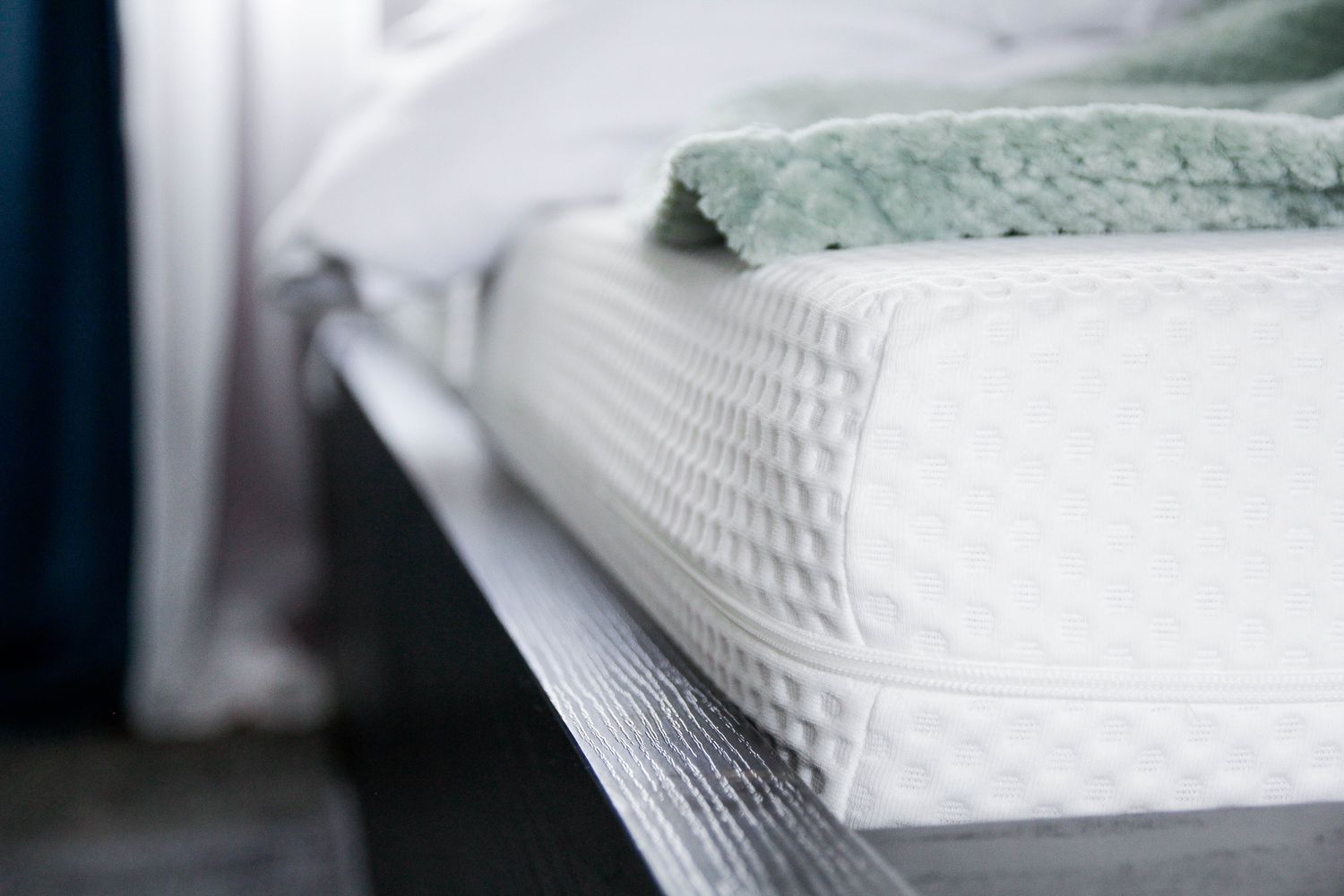

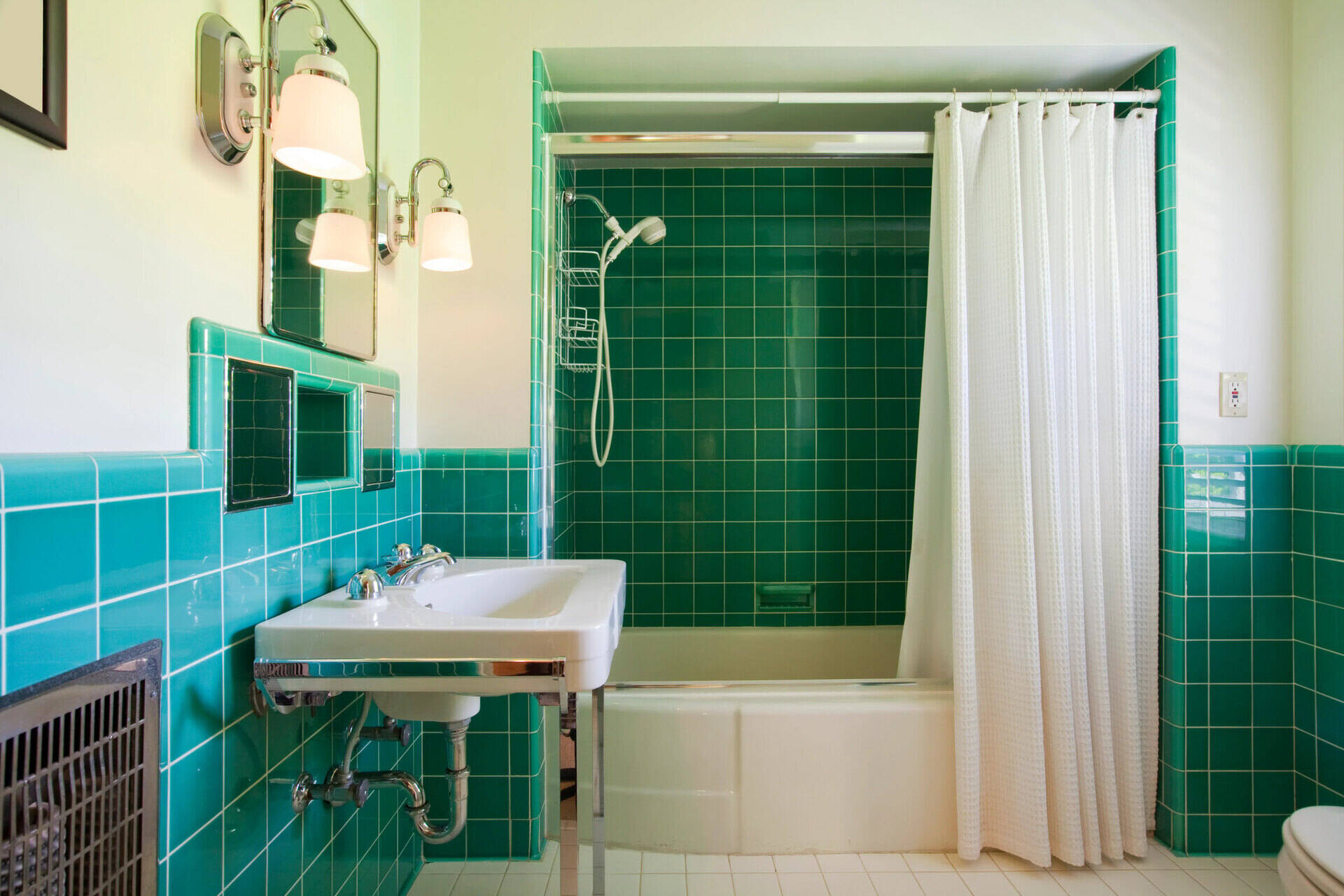
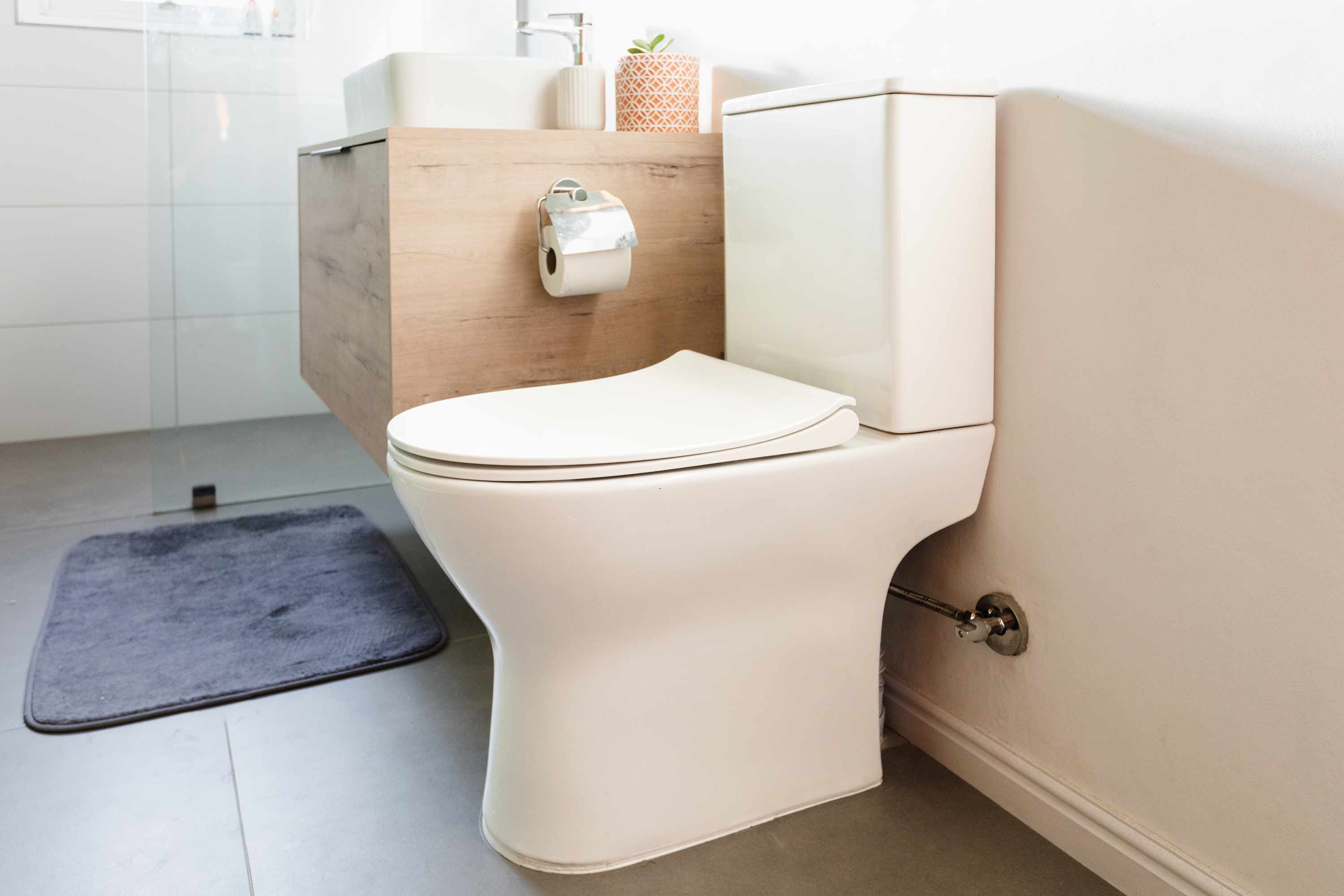
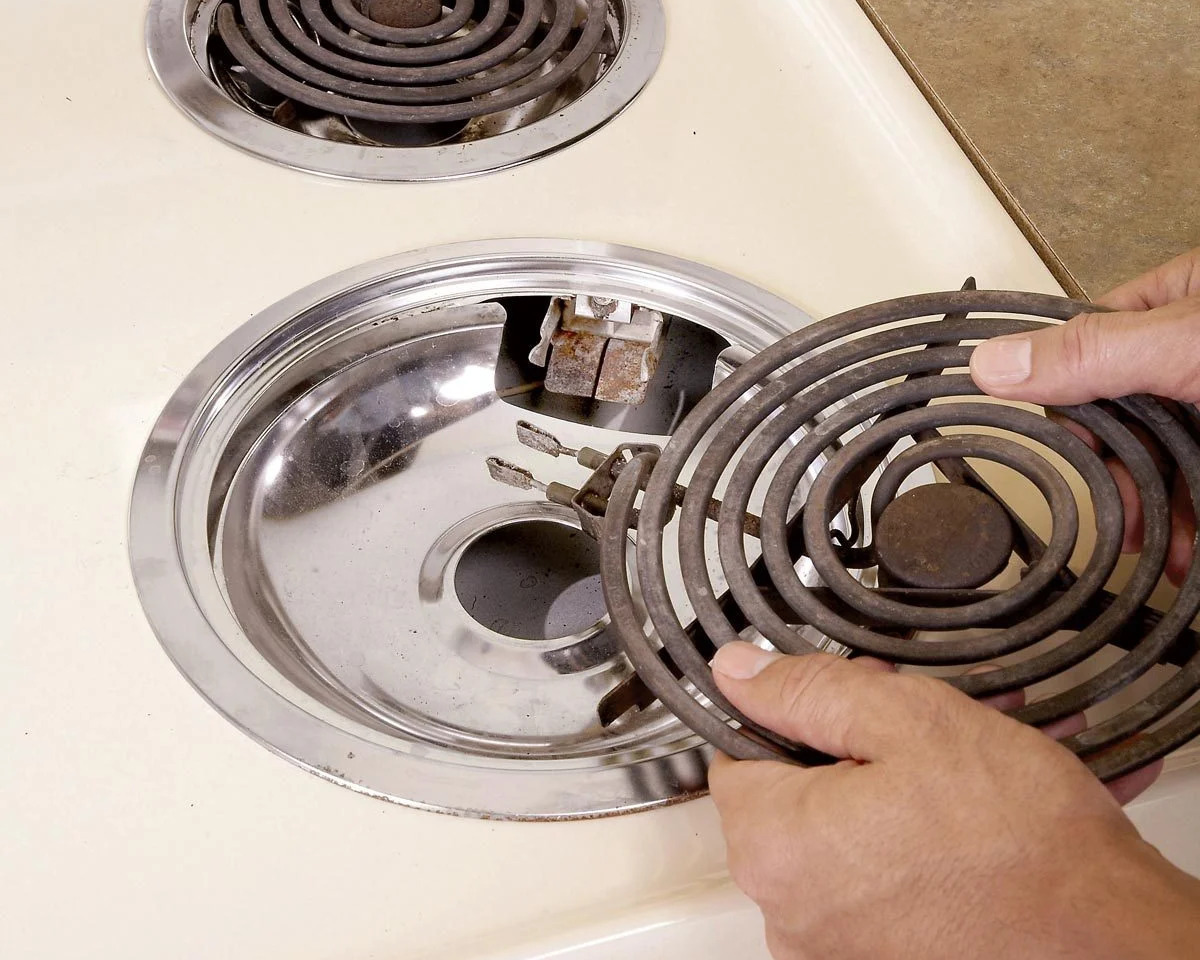
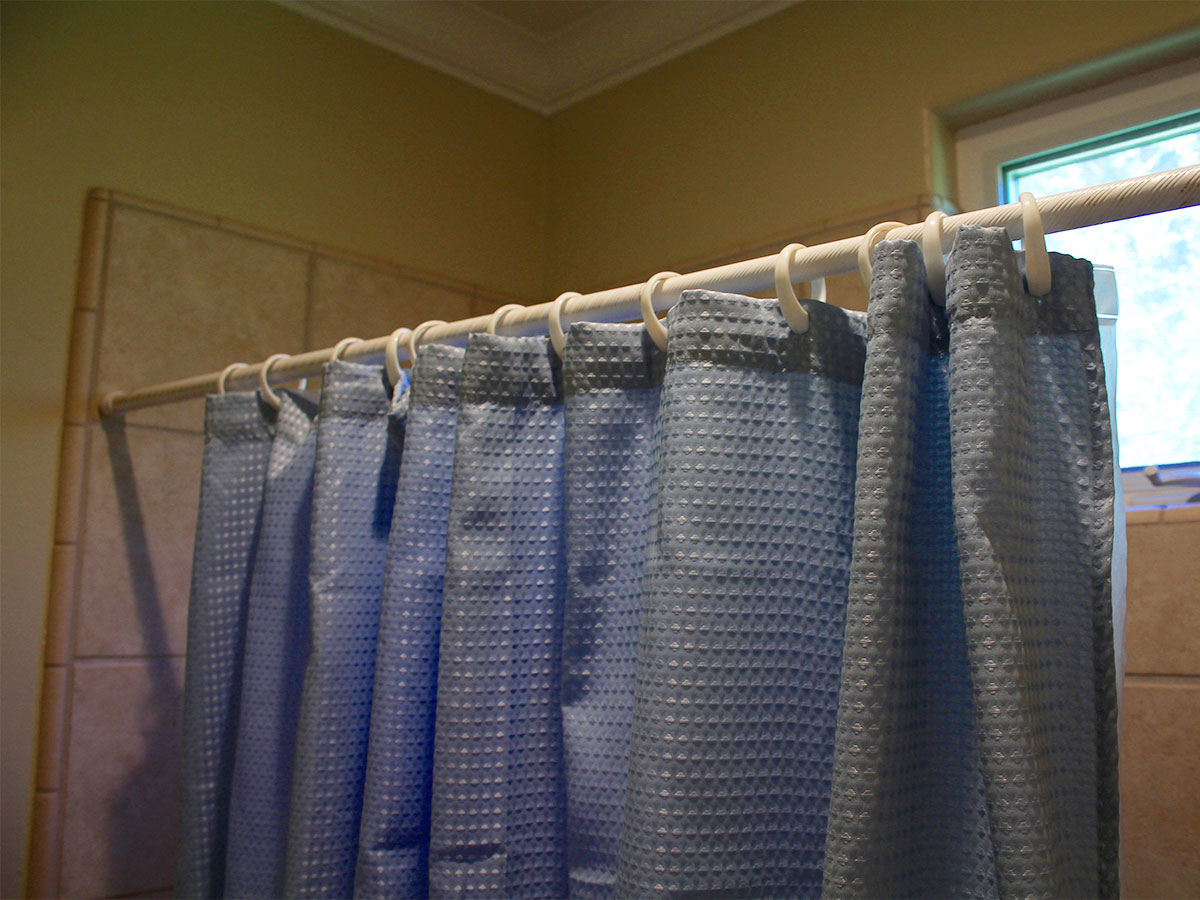

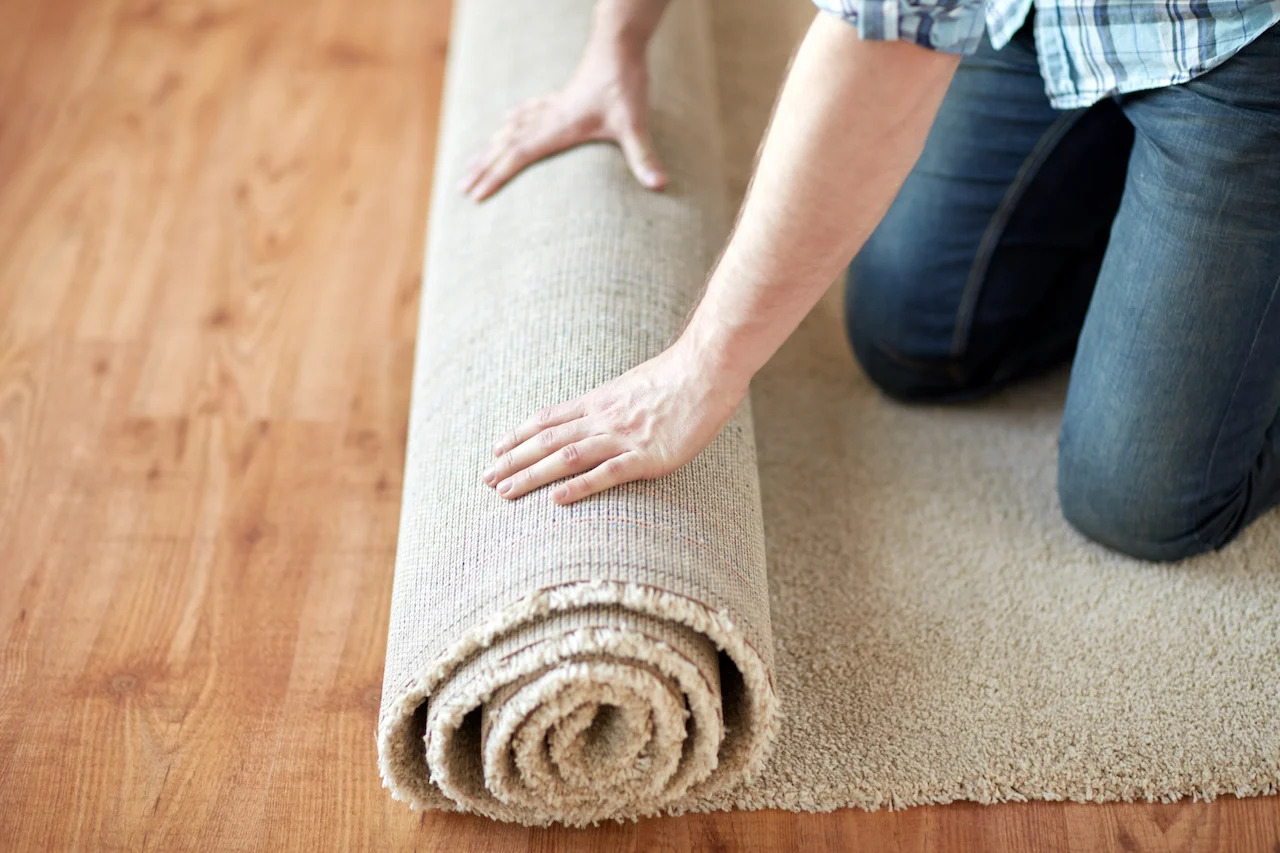
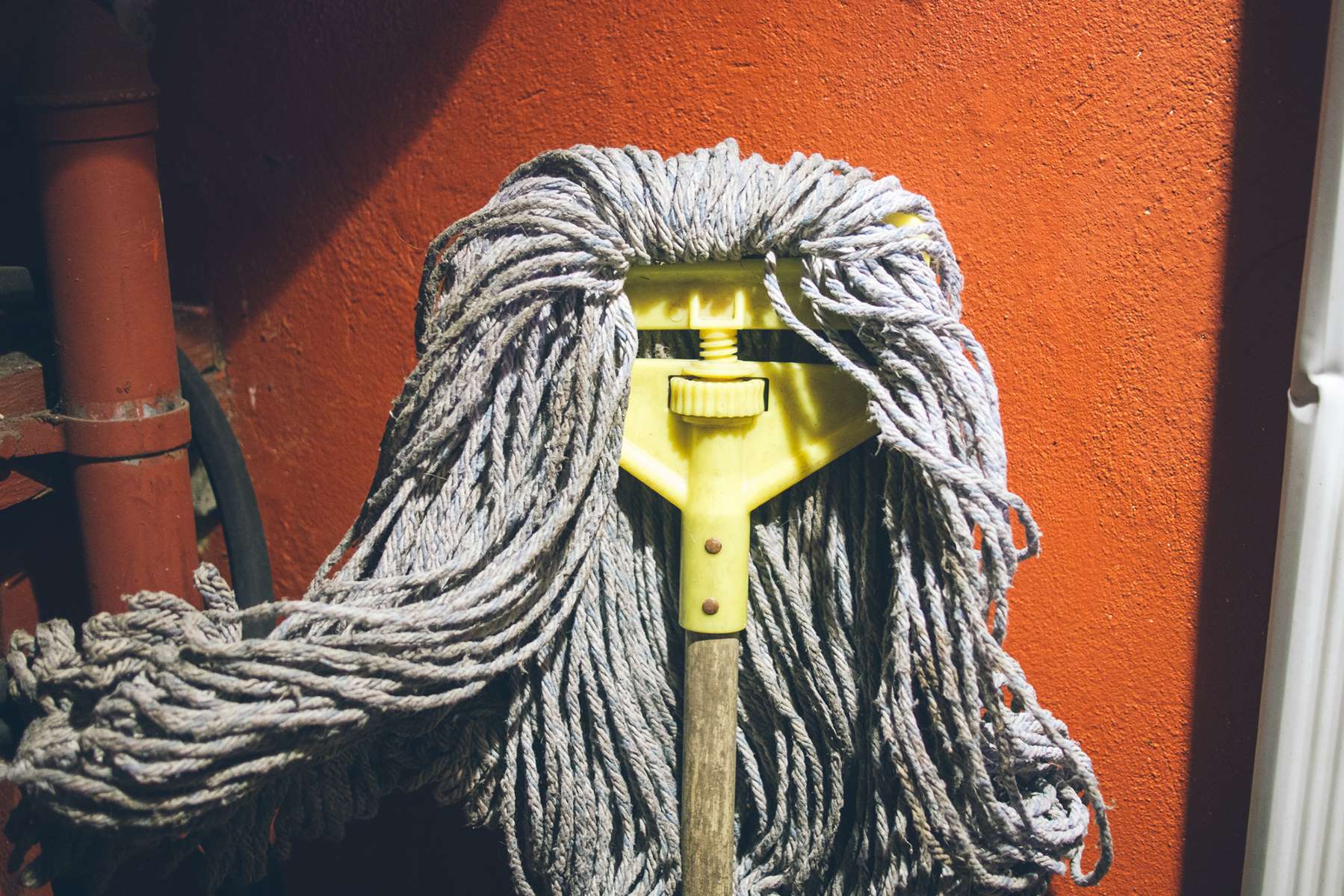


0 thoughts on “How Often Should A Showerhead Filter Be Changed”